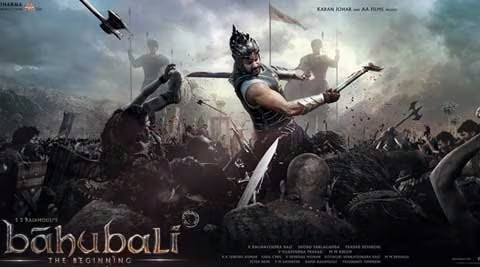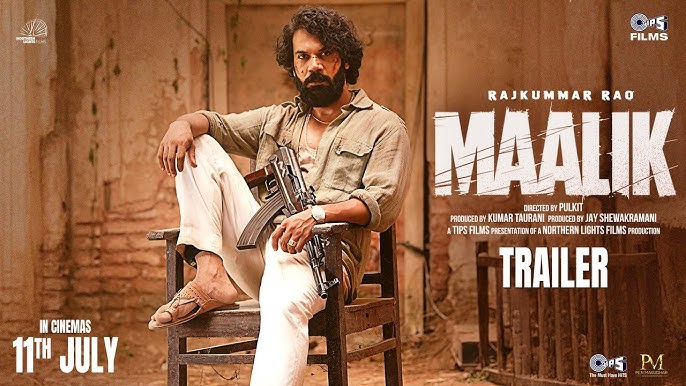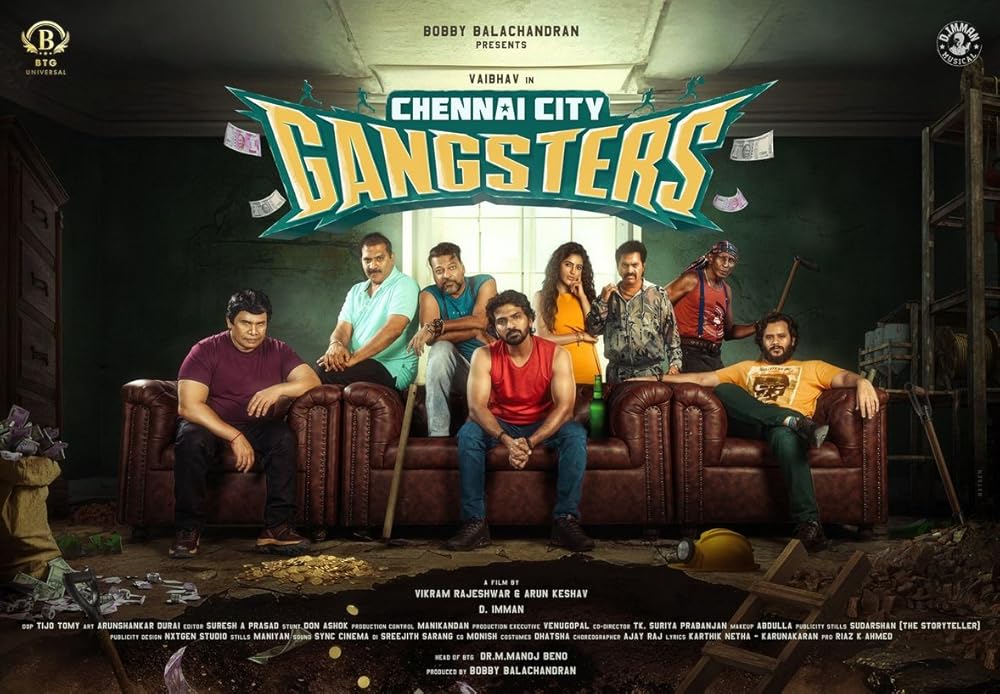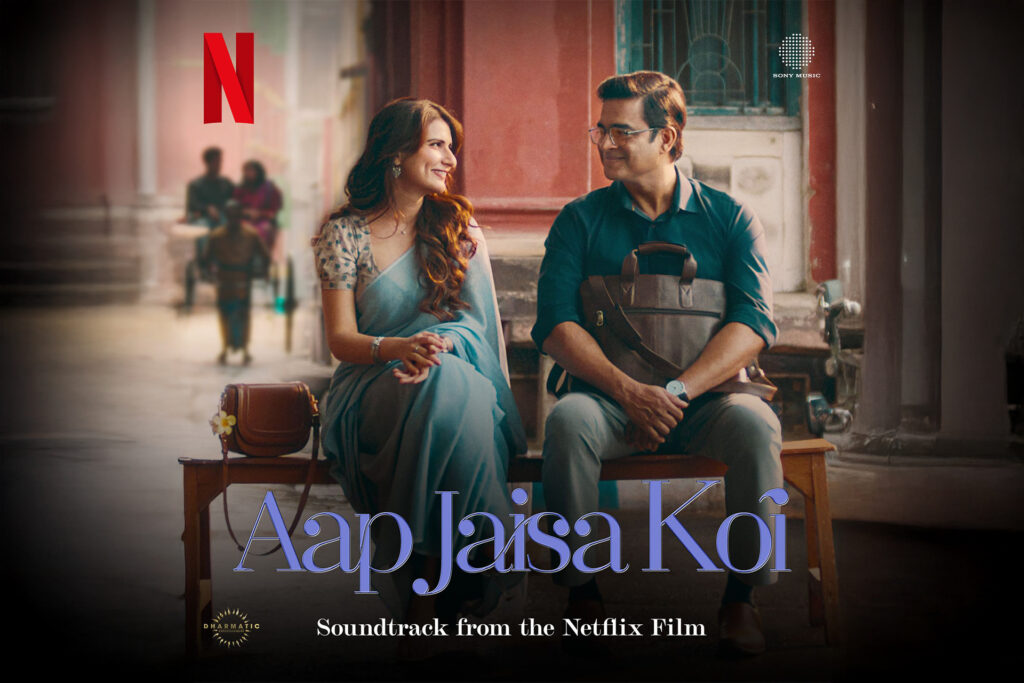I still remember sitting in a dark cinema hall, eyes wide, when Baahubali first hit the screen. I wasn’t alone. Millions of people across India, and even outside, sat there stunned, trying to soak in the scale of it all.
And now, somehow, it’s been ten years since Baahubali arrived and flipped Indian cinema on its head. Strange how time flies. We at Yaageer.com thought, maybe this is the perfect moment to look back and ask: why does Baahubali still matter so much?
The Birth of Baahubali: A Vision Beyond Boundaries
Before Baahubali, most films from Telugu cinema stayed mostly local, or at best, among South Indian audiences. But director SS Rajamouli seemed to dream bigger. Much bigger.
He wanted to make a historical epic so grand, people from any language or region could connect with it. And he did. The Baahubali series, spread over two parts, became one of the first true pan-India films.
I’ve read that Rajamouli grew up watching mythological dramas, which may explain the dramatic storytelling and gigantic sets. Or perhaps it’s just his style. Either way, his vision went way beyond traditional Telugu cinema.
Even today, it’s hard to think of another Indian film that combined such vast VFX work, historical storytelling, and larger-than-life heroics so seamlessly. Well, almost seamlessly. Some critics said certain parts felt exaggerated, but fans loved it anyway.
Hindustan Times recently wrote about how the idea for Baahubali simmered in Rajamouli’s mind for years before he even began writing the script. That kind of long planning isn’t common.
Why Baahubali Became a Game-Changer
Let’s be honest. We’ve seen big-budget Indian films before. But Baahubali felt… different.
First, there was the sheer visual spectacle. Waterfalls, grand forts, sweeping battlefields. It all looked stunning, thanks to VFX work that matched, or at least tried to match, Hollywood standards. Maybe not every frame was perfect, but the ambition was there.
Also, it wasn’t just visuals. The storytelling felt dramatic, full of twists and betrayals. People still talk about the question that became a national obsession: Why did Kattappa kill Baahubali?
A few key reasons why Baahubali became a milestone:
- Box-Office Records: Baahubali 2 became the first Indian film to cross Rs 1,000 crore worldwide. That’s over US$120 million.
- Mass Appeal: It was dubbed into multiple languages and welcomed in North India, South India, and overseas alike.
- Cultural Impact: From memes to merchandise, Baahubali seeped into pop culture.
I think what shocked many was how it shifted the perception of what an Indian film could be. Before this, not many imagined a Telugu film would be this big, globally.
Cast Spotlight: Stars Who Shaped the Saga
If Baahubali were only beautiful visuals, it might not have lasted. The actors carried a lot of the weight.
Prabhas, who played Amarendra and Mahendra Baahubali, became a pan-India star overnight. He wasn’t a small actor before, but Baahubali made him a household name. I still remember friends who barely watched South Indian films suddenly talking about Prabhas like they’d been fans forever.
Then there’s Rana Daggubati as Bhallaladeva. Honestly, his villainous glare might’ve been enough to scare entire armies.
Anushka Shetty played Devasena with strength and calm dignity. Meanwhile, Tamannaah Bhatia brought grace as Avantika, although I think some felt her character got less attention in Part 2.
Every actor seemed perfectly chosen. Even minor characters felt vivid, which isn’t always the case in giant spectacles.
Legacy and Global Impact After 10 Years
Ten years on, Baahubali’s shadow still stretches far. It’s strange how a film can age yet feel fresh.
It opened doors for other pan-India projects like KGF and RRR. Suddenly, filmmakers saw no reason to stay local. Big films now launch across languages from day one.
Baahubali also found new life on OTT platforms. People who missed it in theaters, or younger audiences discovering it for the first time, keep streaming it. A friend recently texted me saying his nephew got obsessed with Baahubali after watching it on Netflix.
Even internationally, the film brought fresh eyes to Indian cinema. At festivals, industry talks, and film schools, Baahubali pops up as an example of Indian scale and storytelling. Not everyone loves its hyper-dramatic style, of course, but nobody denies its impact.
I read somewhere that Rajamouli said the experience taught him how to work on a global scale. He’s using that for his next projects. It’s exciting but also a bit nerve-wracking. Can lightning strike twice? I’m not sure. But it’ll be fun to watch him try.
FAQs About Baahubali
Why did Kattappa kill Baahubali?
Because he was loyal to the throne, even if it meant betraying the person he loved like a son. The answer shocked many fans when revealed in Baahubali 2.
Is there a Baahubali sequel planned?
No official Part 3 has been confirmed, though fans keep hoping. However, there’s an animated series and a comic book universe expanding the story.
Where can I watch Baahubali now?
It’s available on platforms like Netflix and Amazon Prime in various languages.
Conclusion: The Future of Epic Cinema in India
Sometimes I wonder if we’ll see another film quite like Baahubali. Probably not the same, but it did change what filmmakers believe is possible.
At Yaageer.com, we’ll keep following Rajamouli’s journey. His next project could be bigger, smaller, or something we can’t predict. Whatever happens, Baahubali will stay a towering presence in Indian cinema history.
And honestly, after ten years, it still gives me goosebumps.

My name is Avisek Manna. I am an experienced content writer and have been working in this field for the past few years. Currently, I am working with Yaageer.com and writing content in several different categories such as technology, health, travel, education, and automobiles. I always try to provide accurate, clear, and detailed information to people through my words.






